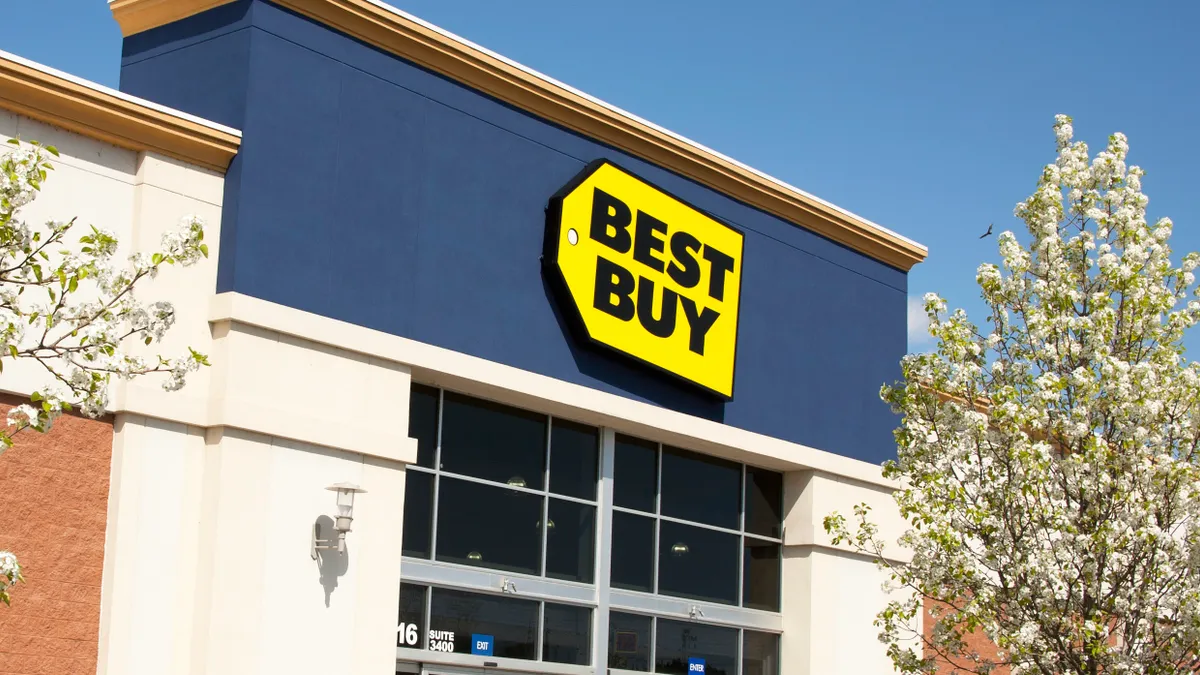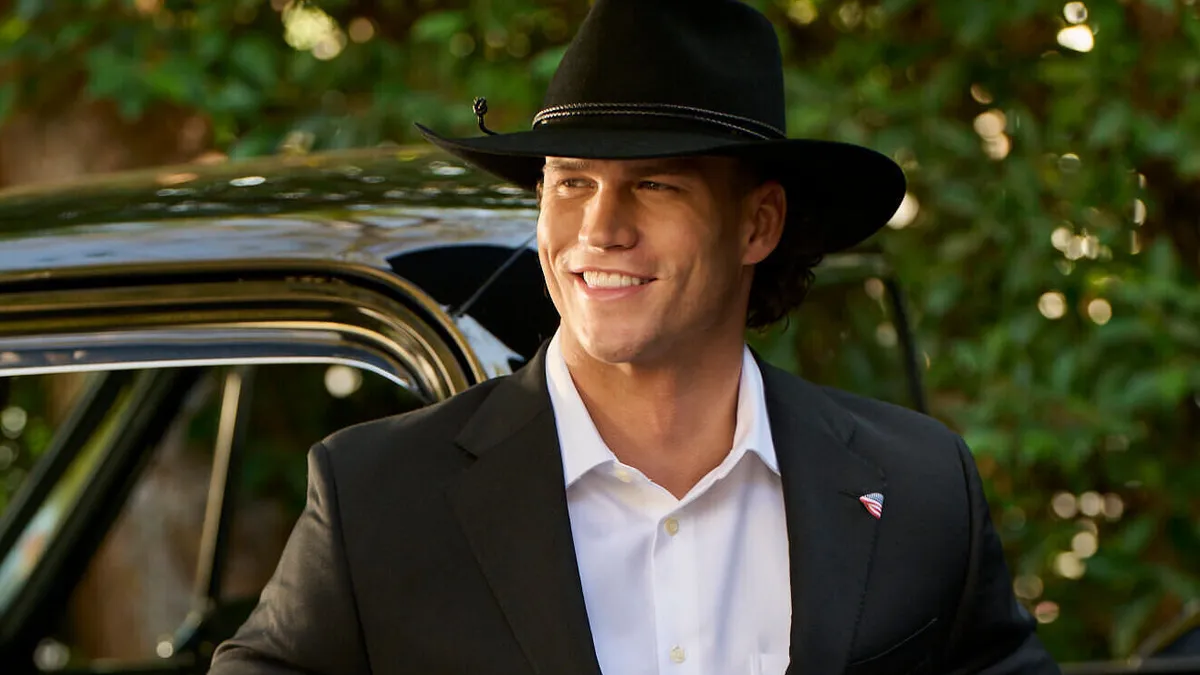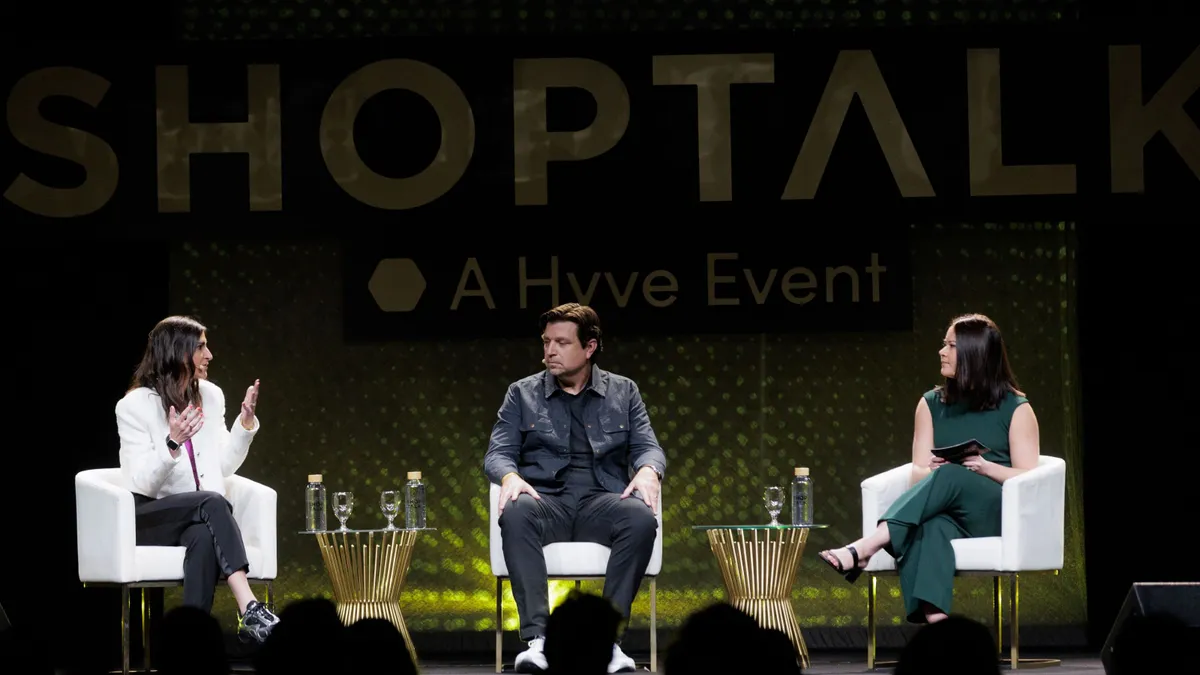Editor's note: The following is a guest post by James Damian, former senior vice president, chief design officer of the Experience Design Group at Best Buy and former Chairman of the Board at Buffalo Wild Wings.
Customer centricity is misunderstood. A change in retail has already occurred: technology users and their need for immediacy have severed the middle ground. Retail in the middle, grounded in mediocrity is doomed. The unifying force, no matter what way you shop, demands a customer-focused experience.
The customer today plays in multiple spaces at the same time. On any given day, they travel from mobile to website over their morning coffee at Starbucks, purchasing with ease on Amazon and Zappos, and then on to the experience of Apple’s Town Square. This is just a taste of the marketplace today as we discover the touch and feel of experience-based design.
Living in the past, selling items not curated around the themes of the customer's life does not offer a compelling reason to go to complacent stores when they can go to a provocative and visually stimulating environment, lush with sensory appeal. We are over saturated with too many mediocre malls, an overabundance of products, and leaders wit.hout vision and purpose.
This economic demise of the middle has created a desperate need for management to look for a silver bullet. These leaders are the ones that make promises they cannot keep by using the earnings calls to tout their recipe for a turnaround, often using the most commonly misunderstood words – "transformation" and "customer centricity."
Organizations touting these terms most frequently are the ones most likely to fail. In fact, according to McKinsey, around 70% of transformation programs do not succeed, mainly due to employee resistance to change.
You can't mandate behavioral change
Customer centricity fails because we ignore the power of the culture and its gravitational pull to fight change.
I experienced the failures and successes of customer centricity while at Best Buy during its extraordinary growth period in the early- to mid-2000s. In spite of our best efforts, the CEO and only a few of us, realized we were dealing with competing visions of culture. We had stores that were emotionally engaged vs. the business unit leaders who controlled the P&L. These internal forces got in the way of perpetuating long-term growth and centricity collapsed when the CEO left.
Why? In transformational initiatives, changing the culture and the way you do business cannot succeed through consensus. There must be a mandate for change and it must start at the top. That leader must also incentivize the company.
At Best Buy, we didn't change the vertical organizational structure, we didn't have a new compensation philosophy — this was our flaw. To change behavior, you must change the way in which everyone is rewarded and incentivized to deliver a customer-focused experience. Compensation is key.
Culture, purpose, customer centricity and communication across all touch points designed as one integrated system establishes a sincere manner in which to do business. The customer voice is the most powerful: The customer leads, we follow. This is the mantra of servant leadership. We must know their taste, rituals of life, needs and desires.
The customer today decides how they want an experience to be delivered.
The top down CEO approach is already obsolete. The CEO today must be the objective conductor through the voice of the customer. Leadership must change their role to become a servant leader on behalf of employees and customers. If not, the company has no true purpose and cannot stand without a unified customer-centric culture. This is why Starbucks' Howard Schultz has often said, "Culture trumps strategy."
Custodians of culture
I have learned that the state of mind of being customer centric cannot succeed if it starts solely as a way to increase top-line sales, comp-store increases and earnings per share. These are merely the outcomes of this cultural behavioral shift. You do not flip a switch without all employees, management and board aligned on why a good culture is good business.
One CEO with good intent cannot perpetuate the growth of the company without imbedding centricity within the culture. Once that leader leaves, so goes the sincerity and good intent. I have witnessed this exodus first hand as senior vice president of design, innovation and customer experience at Best Buy. The failures and successes, made us better leaders. This is why I advise and teach companies today on the differences between culture and strategy, placing emphasis on the mindset to avoid the trap of treating customer centricity as an initiative.
The mindset of serving is what makes us custodians of the culture in service of the growth and development of every employee. Young people today, both customers and employees, are the innovators in capitalism. But it must be an enlightened capitalism. They are the reason we achieve the results.
The retail stage has a great future because today we are socially conscious, searching for the truth through the curiosity of our youth. This movement is forcing capitalism to have the courage to be contemporary.
Retail must be fun, or people will not come. Retail must be entertaining, deploying a feel good, memorable experience. Its mission places the customer at the center, celebrating the humanity of who we employ in the service of who we serve.
The intersection of humanity and capitalism is the centerpiece of a customer centric culture. Without it, a strategy cannot stand. Centricity starts with the soul of a strong culture uniting the head and the heart. This is the reason why culture sits above strategy.


















